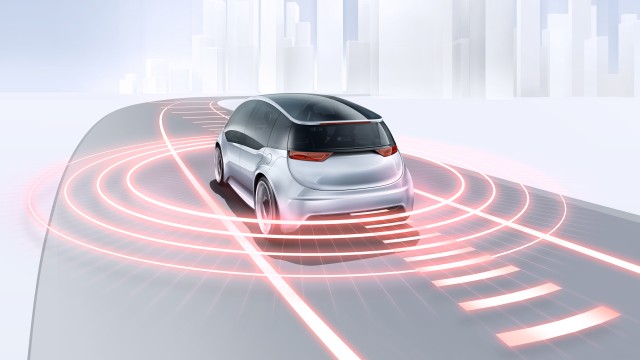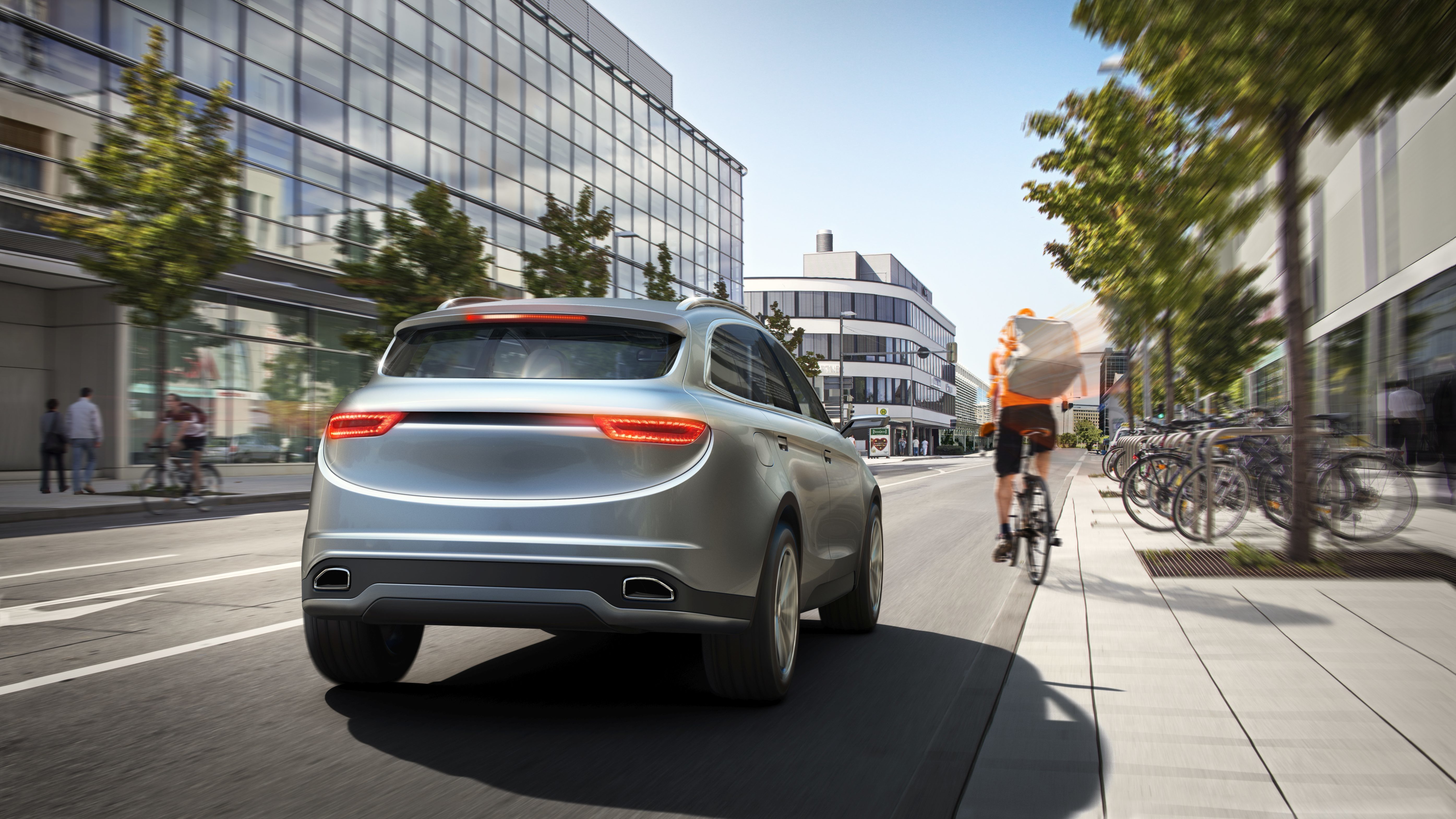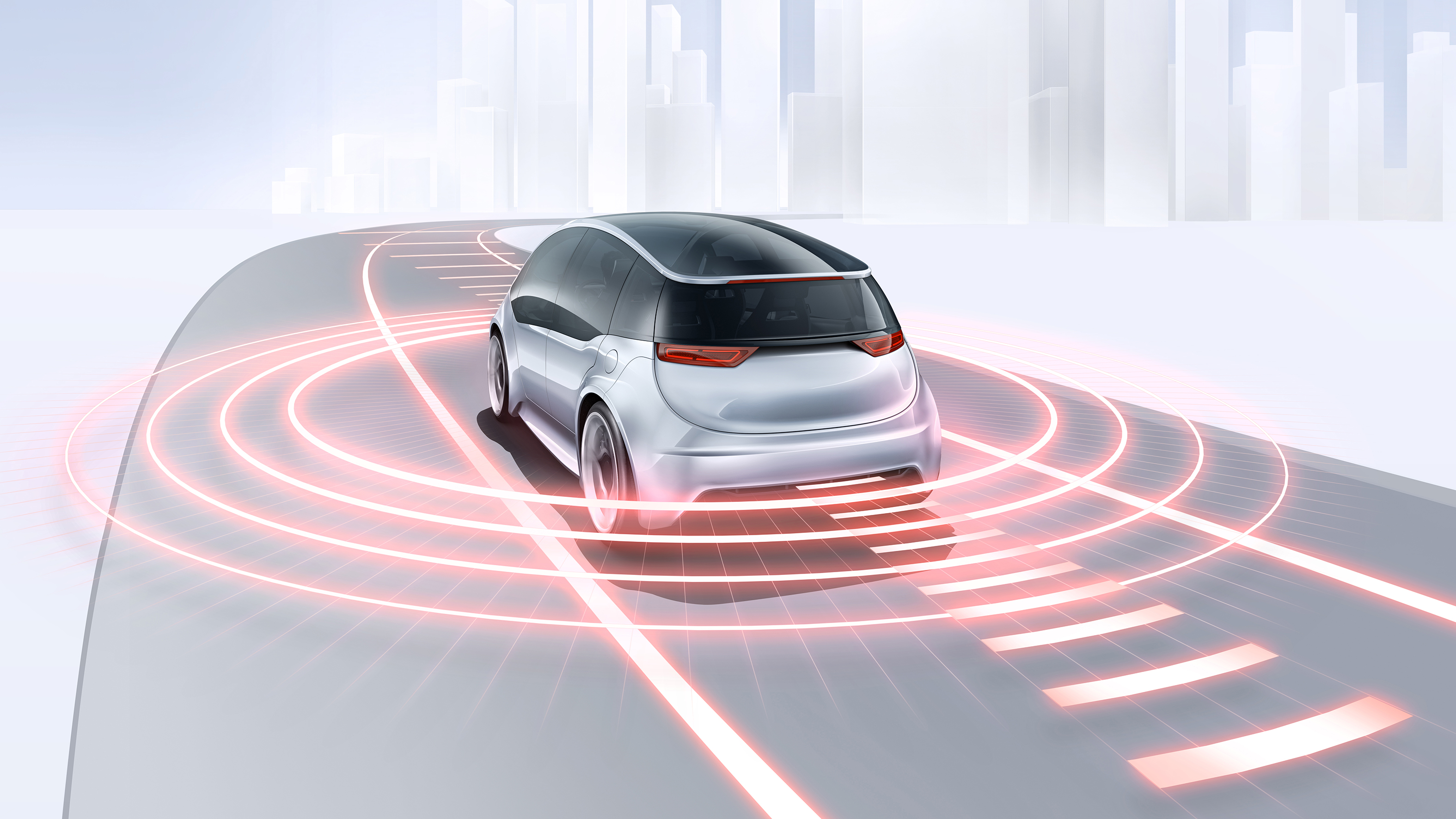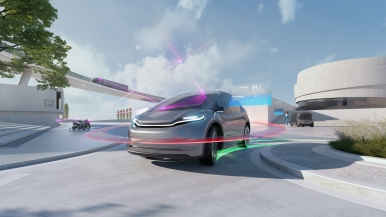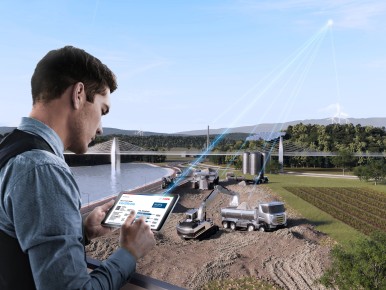Stuttgart, Germany /Las Vegas, NV, USA – Good things come in threes – and automated driving is no exception. Before safe automated driving can become a reality, a third sensor principle is needed in addition to camera and radar. Consequently, Bosch is making long-range lidar sensors production-ready – the first lidar (light detection and ranging) system that is suitable for automotive use. This laser-based distance measurement technology is indispensable for driving functions at SAE Levels 3 to 5. The new Bosch sensor will cover both long and close ranges – on highways and in the city. By exploiting economies of scale, Bosch wants to reduce the price for the sophisticated technology and render it suitable for the mass market. “By filling the sensor gap, Bosch is making automated driving a viable possibility in the first place,” says Bosch management board member Harald Kroeger.
Contact person for press inquiries:
Jörn Ebberg
Phone: +49 711 811-26223
Twitter: @joernebberg
Bosch at CES 2020:
- PRESS CONFERENCE: From 9:00 to 10:30 a.m. local time on Monday, January 6, 2020 in Ballrooms B, C, and D, Mandalay Bay Hotel, Las Vegas
South Convention Center, Level 2 - BOOTH: Tuesday to Friday, January 7–10, 2020, in the Central Hall, booth #12401
- FOLLOW the Bosch CES 2020 highlights on Twitter: #BoschCES
- PANELS WITH BOSCH EXPERTS: Wednesday, January 8, 2020, 10:15 to 11:15 a.m. (local time)
Growth of Apprenticeships for “New Collar” Jobs session with Charlie Ackerman, Senior Vice President of Human Resources, Las Vegas South Convention Center
Mobility is the largest Bosch Group business sector. It generated sales of 55.8 billion euros in 2024, and thus contributed around 62 percent of total sales. This makes the Bosch Group one of the leading mobility suppliers. Bosch Mobility pursues a vision of mobility that is safe, sustainable, and exciting. For its customers, the outcome is integrated mobility solutions. The business sector’s main areas of activity are electrification, software and services, semiconductors and sensors, vehicle computers, advanced driver assistance systems, systems for vehicle dynamics control, repair-shop concepts, as well as technology and services for the automotive aftermarket and fleets. Bosch is synonymous with important automotive innovations, such as electronic engine management, the ESP anti-skid system, and common-rail diesel technology.
The Bosch Group is a leading global supplier of technology and services. It employs roughly 418,000 associates worldwide (as of December 31, 2024). The company generated sales of 90.3 billion euros in 2024. Its operations are divided into four business sectors: Mobility, Industrial Technology, Consumer Goods, and Energy and Building Technology. With its business activities, the company aims to use technology to help shape universal trends such as automation, electrification, digitalization, connectivity, and an orientation to sustainability. In this context, Bosch’s broad diversification across regions and industries strengthens its innovativeness and robustness. Bosch uses its proven expertise in sensor technology, software, and services to offer customers cross-domain solutions from a single source. It also applies its expertise in connectivity and artificial intelligence in order to develop and manufacture user-friendly, sustainable products. With technology that is “Invented for life,” Bosch wants to help improve quality of life and conserve natural resources. The Bosch Group comprises Robert Bosch GmbH and its roughly 490 subsidiary and regional companies in over 60 countries. Including sales and service partners, Bosch’s global manufacturing, engineering, and sales network covers nearly every country in the world. Bosch’s innovative strength is key to the company’s further development. At 136 locations across the globe, Bosch employs some 87,000 associates in research and development.
Additional information is available online at www.bosch.com, www.bosch-press.com.
